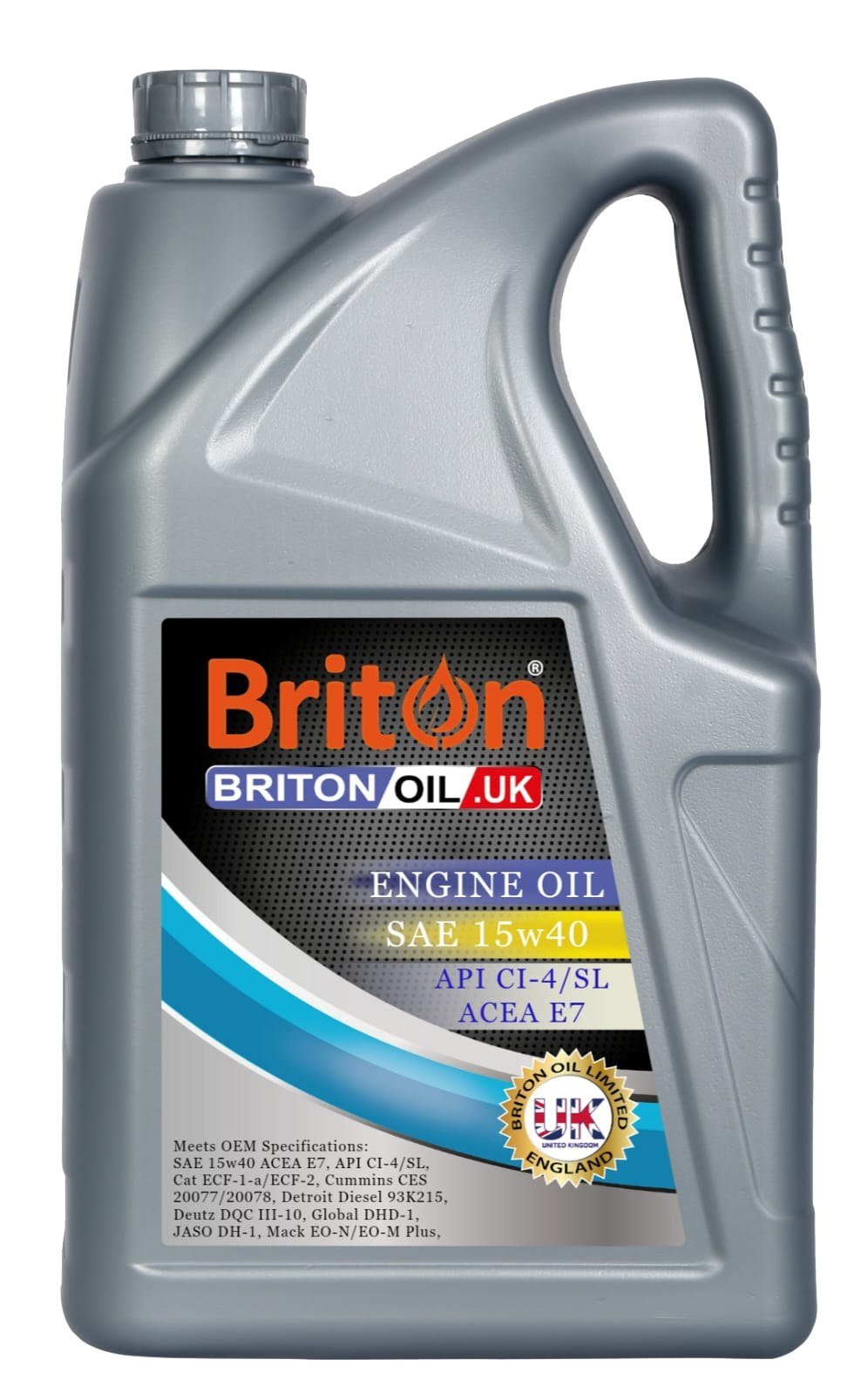Zinc Pro-Oc Primary-Secondary Alkyl Dithiophosphate CAS:68909-93-3
Zinc primary-secondary alkyl dithiophosphate (ZDDP) is a specialized type of ZDDP additive used in lubricant formulations to provide anti-wear, antioxidant, and corrosion protection properties.

ZDDP
Zinc Pro-Oc Primary-Secondary Alkyl Dithiophosphate CAS:68909-93-3
Zinc Primary-Secondary Alkyl Dithiophosphate (ZDDP) is a mixed alkyl dithiophosphate zinc salt that serves as an antioxidant and anti-corrosion agent in lubricants. It provides excellent anti-wear properties and is particularly useful in automotive engine oils, where it protects critical engine components from wear, corrosion, and oxidation.
Packaging Size
1L
4L
5L
20L
205L
Description
Zinc Primary-Secondary Alkyl Dithiophosphate (ZDDP) is a mixed alkyl dithiophosphate zinc salt that serves as an antioxidant and anti-corrosion agent in lubricants. It provides excellent anti-wear properties and is particularly useful in automotive engine oils, where it protects critical engine components from wear, corrosion, and oxidation.
Key Features
Anti-Wear Protection
- ZDDP forms a sacrificial protective layer on metal surfaces. The zinc ions bond with the metal, creating a boundary layer that prevents metal-to-metal contact, reducing wear on engine components, such as cams, tappets, and bearings.
Oxidation Resistance
- ZDDP acts as an antioxidant, preventing the oxidation of the oil under high temperatures. This slows down the formation of harmful deposits, such as sludge and varnish, which can degrade the oil and reduce engine performance.
Corrosion Protection
- The anti-corrosion properties of ZDDP help to protect engine parts from rust and other forms of corrosion. This is particularly important for maintaining the longevity of engine components.
Friction Reduction
- ZDDP’s lubricating properties help reduce friction between moving metal surfaces, improving overall engine efficiency and fuel economy.
Improved Performance at High Pressure and Temperature
- The protective film formed by ZDDP remains effective even under high-pressure and high-temperature conditions, making it particularly useful in automotive engines that operate under extreme conditions.
Composition and Mechanism
ZDDP is composed of zinc ions and primary-secondary alkyl dithiophosphate molecules. The alkyl chain of the dithiophosphate group (derived from primary and secondary alkyl alcohols) bonds with the zinc ion, forming a stable complex. When added to lubricants, this compound interacts with metal surfaces to provide wear protection, reduce friction, and prevent corrosion.
Applications
Engine Oils (Gasoline and Diesel)
- ZDDP is widely used in gasoline and diesel engine oils for wear protection and oxidation resistance. It ensures that engine components, especially those under high loads, such as cams and lifters, are well-protected from wear and corrosion.
Transmission Fluids and Gear Oils
- ZDDP is also used in gear oils and transmission fluids to reduce wear, friction, and oxidation in gearboxes and other transmission components.
Industrial Lubricants
- It is applied in a range of industrial lubricants, including those used in hydraulic systems and machinery, where high pressure and temperature conditions require effective wear and oxidation protection.
Benefits
Enhanced Wear Protection
- ZDDP’s ability to create a protective layer on metal surfaces prevents wear, especially in high-pressure or high-load situations, extending the lifespan of engine components.
Improved Oil Stability
- Its antioxidant properties help maintain oil stability, reducing the formation of sludge and varnish, which can degrade oil performance over time.
Better Engine Performance
- By reducing friction between moving parts, ZDDP improves overall engine efficiency and fuel economy, contributing to smoother engine operation.
Corrosion Resistance
- The anti-corrosion capabilities of ZDDP protect engine parts from rust and other forms of corrosion, improving the durability and longevity of engines and machinery.
Limitations and Considerations
Impact on Catalytic Converters
- ZDDP can interact negatively with catalytic converters, which are a crucial component in modern gasoline engines. The phosphorus in ZDDP may coat the catalyst, reducing its efficiency and increasing harmful emissions. This is a significant reason why the use of ZDDP has been reduced in modern engine oils.
Environmental Concerns
- The degradation of ZDDP during combustion can result in harmful compounds that may pose a risk to the environment, especially in aquatic ecosystems. This has led to increased focus on developing more environmentally friendly alternatives.
Compatibility with Other Additives
- ZDDP can sometimes interact with other additives, such as detergents and dispersants, potentially affecting the overall performance of the lubricant. Careful formulation is required to ensure compatibility.
